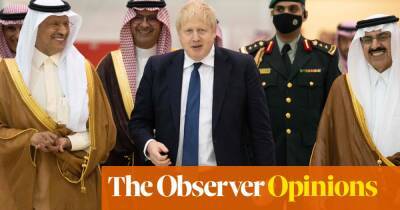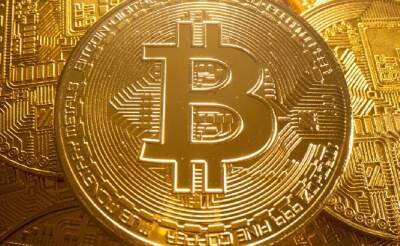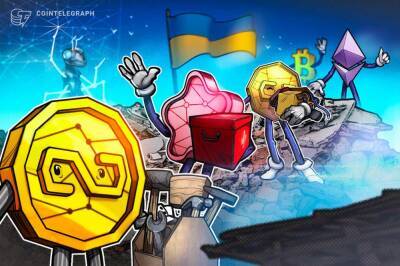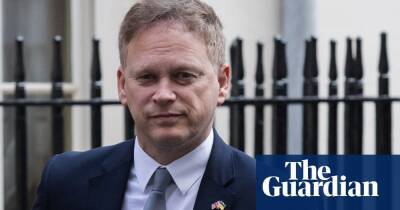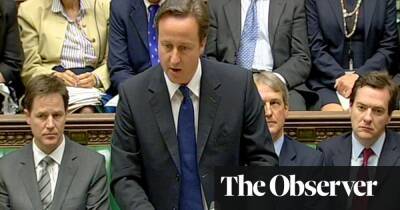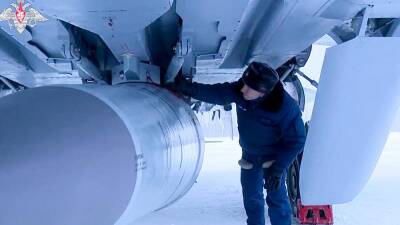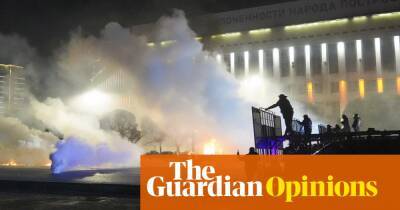Analysis: With the war in Ukraine, crypto is having a moment. It's just not the moment some expected
The views and opinions expressed in this article are those of the author.
Analysing crypto assets in the context of the war between Russia and Ukraine is a complicated subject, which makes it all the more important to do so correctly.
With the carnage and continued horror unfolding in Ukraine, having a policy conversation around the role of crypto – or any financial instruments – can seem unimportant, but that misses the broader point.
Economic sanctions, which in essence have barred Russian institutions from global financial and payments markets, have been the weapon of choice wielded by the allies of Ukraine, led by the United States.
As the impact of these sanctions has become apparent on the Russian economy, and the destruction of infrastructure has also led to many Ukrainians being cut off from traditional banking functions, the following must be asked: how do crypto assets fit in?
It is important to remember - and this can be easy to forget with the hype around certain specific projects (like NFTs) - that the original goal of blockchain and crypto assets was to create a decentralised and distributed payment infrastructure.
In other words, the underlying purpose of this technology was to allow individuals and institutions to transact without the need for either dollars (or any other fiat currencies) or incumbent financial institutions.
Given its first global opportunity to show this decentralised prowess, how has crypto responded?
Like most things related to finance, economics, or crypto, the answer is not an easy or straightforward one. This is not only due to the complexities that exist within the crypto asset sector, but also the dual-sided position that many market participants have regarding this issue.
On the one
Read more on euronews.com



 euronews.com
euronews.com